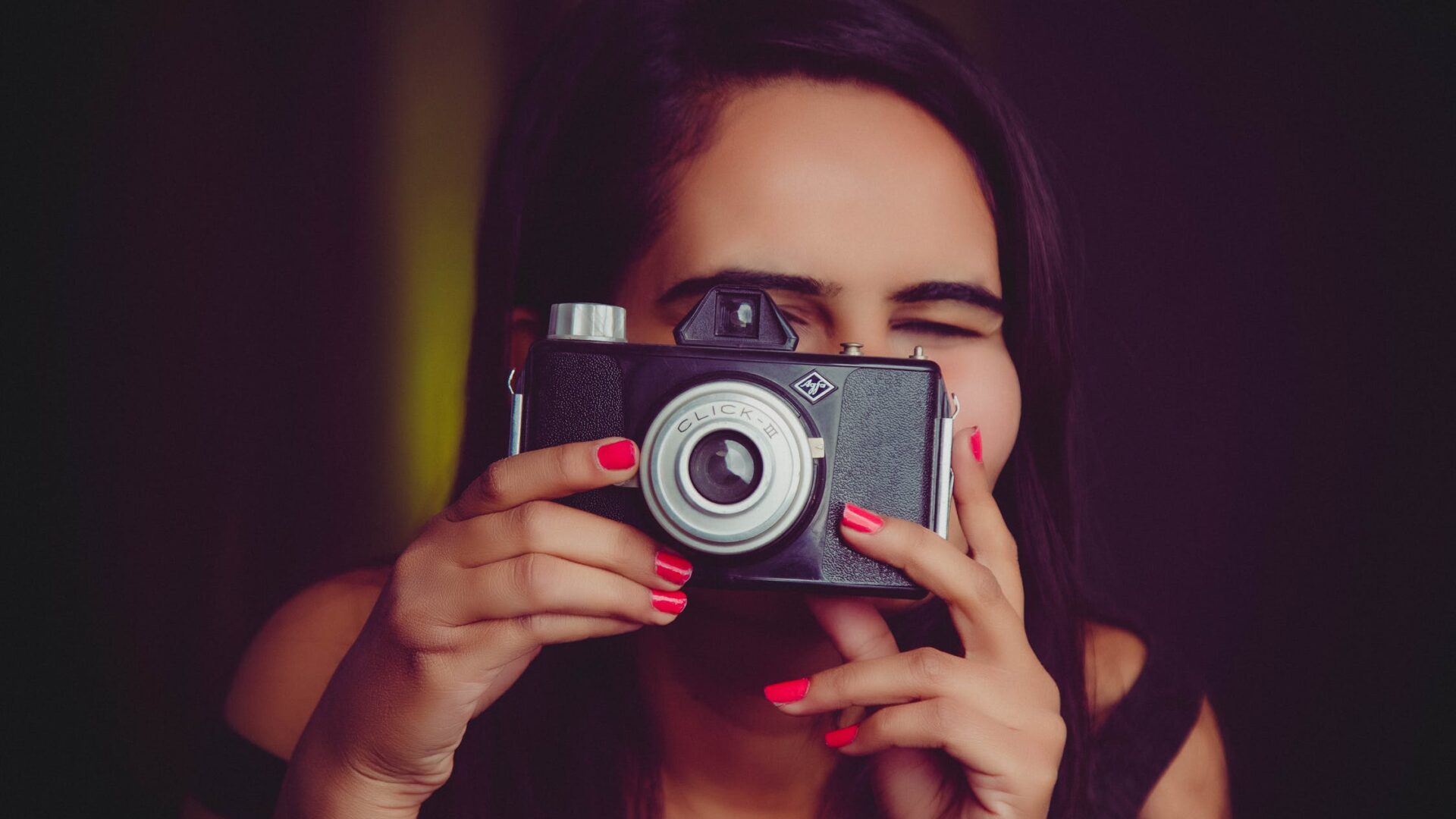Photography is the art of depicting the world with lenses that allow you to realize your creative ideas and take high-quality images. A lens is the most important element of a camera that is responsible for sharpness, contrast, and color reproduction. It is a key element in the photography process, and therefore choosing a lens for a camera is an important task for any photographer.
There are many different types of lenses for photography. Let’s take a look at the most common types of lenses and their features.
- Standard lenses
Standard lenses have a focal length of approximately 50 mm and are the most common among photographers. They have the most natural perspective and produce an image similar to what a person sees with their own eyes. Standard lenses are also the most versatile and can be used for a variety of different types of photography, including portrait, landscape, and street photography.
- Telephoto lenses
Telephoto lenses have a long focal length and allow you to capture subjects at a distance. They typically have a focal length of 70 mm to 300 mm. They are ideal for shooting sports, nature, wildlife, and portraits from a distance.
- Wide-angle lenses
Wide-angle lenses have a short focal length and allow you to shoot from a long distance. Their focal lengths typically range from 10 mm to 35 mm. Wide-angle lenses allow you to capture large spaces and panoramic views such as cities, landscapes, and architecture. They are also ideal for shooting outdoor scenes where it is important to capture the entire environment.
- Macro lenses
Macro lenses allow you to capture details at very close distances. These lenses have high resolution and allow you to capture detailed images of flowers, insects, and other small objects. They are also often used to take macro photographs of food, natural elements, and other objects that require detailed display.
- Fixed lenses
Fixed lenses have a fixed focal length and cannot be zoomed in. These lenses have high resolution and the best image quality compared to other lenses. They are ideal for portraits, art photography, and low depth of field. Fixed lenses usually have a low light sensitivity, making them less versatile for different shooting conditions.
- Zoom lenses
Zoom lenses have a variable focal length and allow you to change the magnification of an object. They allow you to quickly change the frame and switch from a wide-angle image to a zoomed-in shot. Zoom lenses are very versatile and popular among photographers because they allow you to shoot a variety of subjects at different distances.
- For digital cameras only
Digital camera-only lenses offer a wider selection of options. Lenses with shorter focal lengths are typically used for digital cameras than for film cameras because the sensor on a digital camera is smaller than a film frame.
Selecting a lens
In addition, lenses can have different apertures. The aperture is a mechanism for controlling the amount of light that enters the lens. The aperture is made up of blades that can be changed to change the size of the opening through which light enters. Lenses with smaller apertures have a greater light sensitivity and can provide a shallower depth of field, making them ideal for portraiture, architecture, and low-light photography. Lenses with a larger aperture have a lower light sensitivity, but allow you to shoot with a greater depth of field and a wider angle of view. Lenses can also have different image stabilization systems. An image stabilization system allows you to shoot handheld at slower shutter speeds without getting moving blur in your images. This is especially useful when shooting in low light or with long-focus lenses. In addition, lenses can have different filters. Filters are special glass or plastic plates that can be screwed onto the front of the lens. Different filters can have different functions, for example, polarizing filters help reduce glare and reflections in photos, and neutral density filters allow you to shoot at a slower shutter speed in bright sunlight.
Finally, it’s important to note that the quality of the lens can have a significant impact on image quality. Lenses made of expensive materials and high-quality components usually have better resolution, color accuracy, and contrast than lenses made of cheaper materials. The choice of a lens for photography depends on various factors, such as the type of shooting, the need for optical zoom, aperture, focal length, and many others. When choosing a lens, you should pay attention to its quality, features, and capabilities to get the highest quality and most professional photos.
